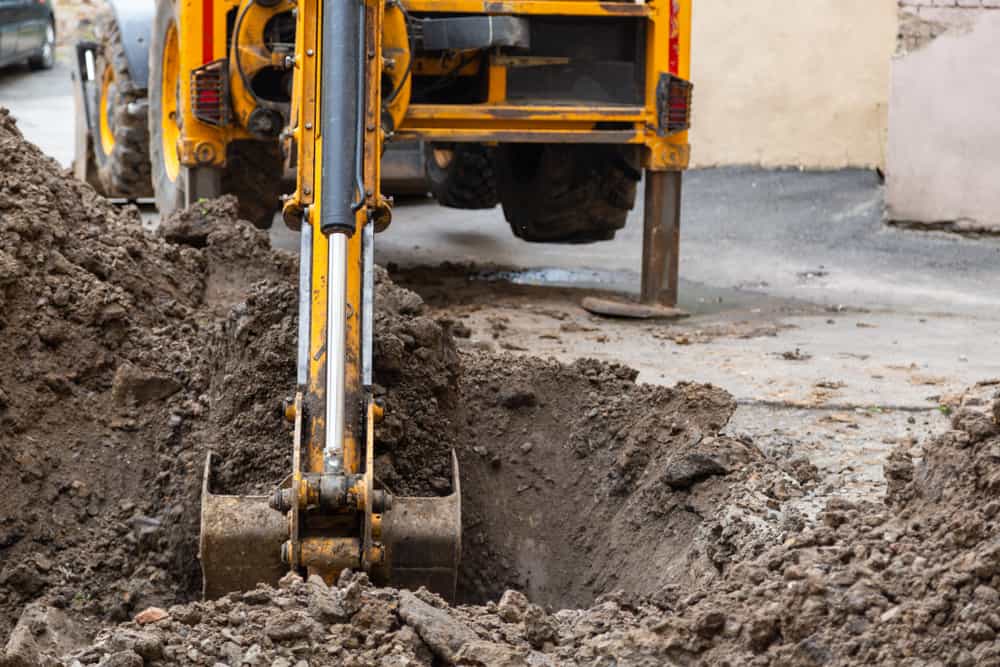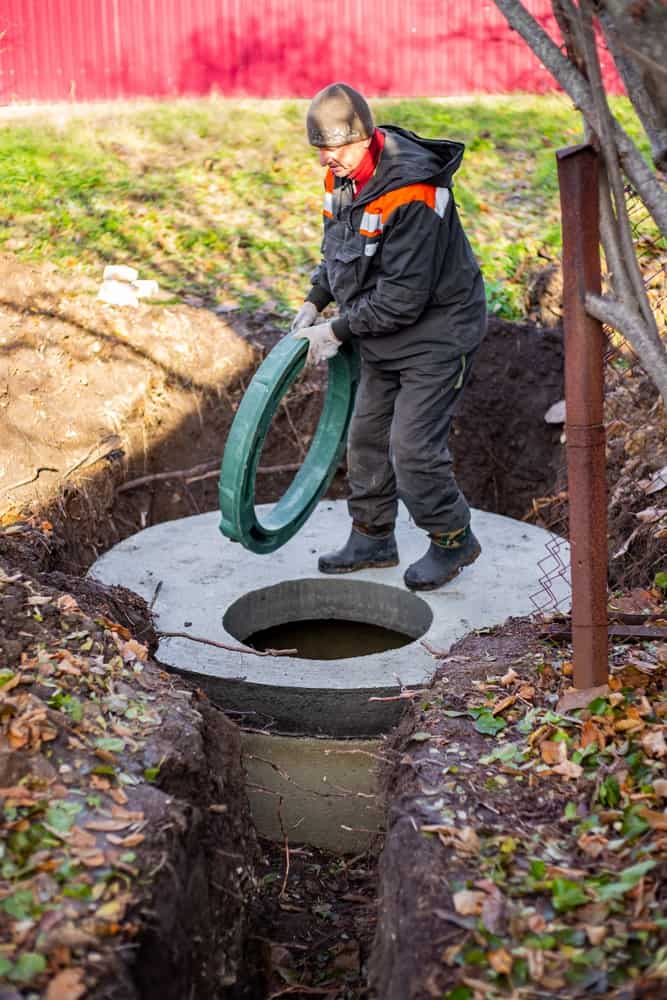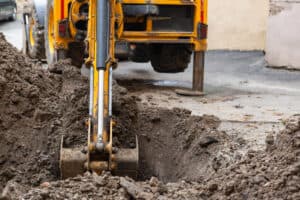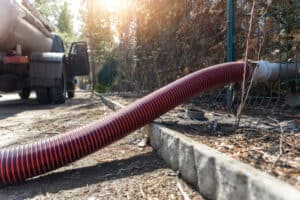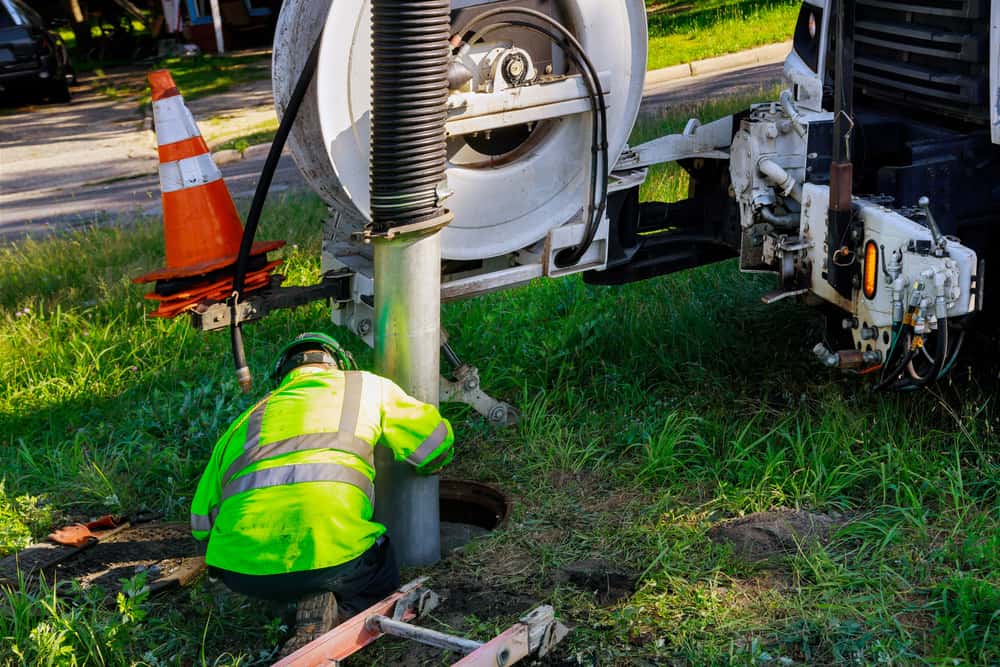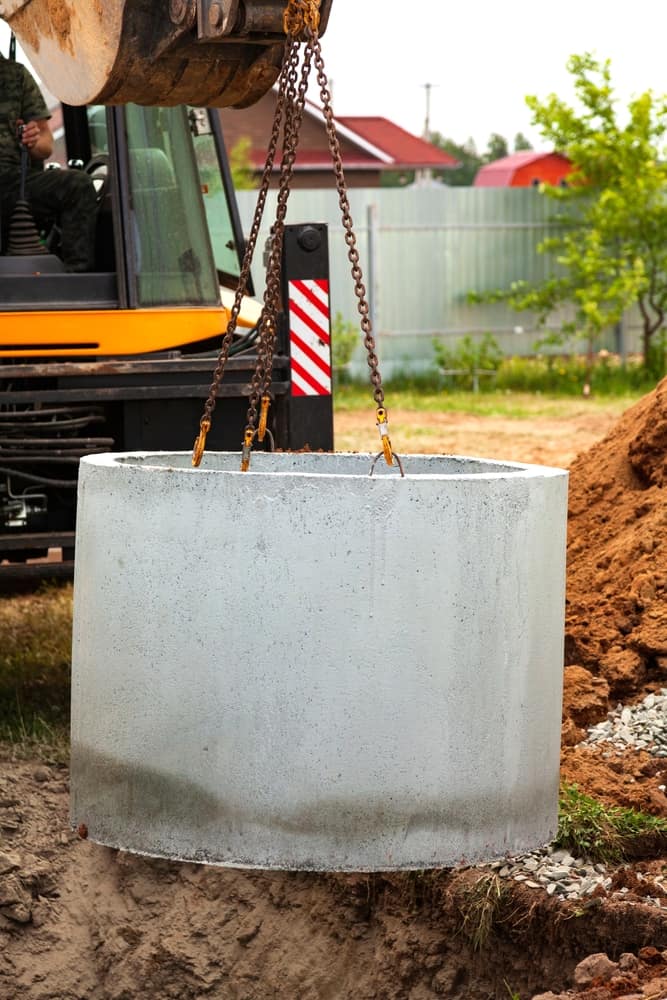What You Need to Know Before Installing a Cesspool: Permits, Regulations, and More
Installing a cesspool can be a great way to manage wastewater on your property, but it is important to understand the regulations and requirements that come with it. Before installing a cesspool, it is important to research the local regulations and obtain the necessary permits. This article will provide an overview of what you need to know before installing a cesspool.
First, it is important to understand the regulations and requirements for installing a cesspool in your area. Different states and localities have different regulations, so it is important to research the regulations in your area. In some cases, you may need to obtain a permit from your local government before installing a cesspool. Additionally, you may need to have the cesspool inspected and approved by a local health department.
Second, it is important to understand the size and capacity of the cesspool you are installing. Cesspools come in a variety of sizes and capacities, and it is important to choose the right size for your needs. The size of the cesspool should be based on the amount of wastewater it will need to handle. Additionally, it is important to consider the location of the cesspool and the surrounding environment.
Third, it is important to understand the maintenance requirements for a cesspool. Cesspools require regular maintenance to ensure they are functioning properly. This includes regularly pumping out the cesspool and inspecting it for any signs of damage or wear. Additionally, it is important to ensure that the cesspool is not leaking or overflowing.
Finally, it is important to understand the costs associated with installing and maintaining a cesspool. Installing a cesspool can be expensive, and it is important to factor in the cost of installation, maintenance, and repairs when budgeting for the project. Additionally, it is important to consider the cost of any permits or inspections that may be required.
Installing a cesspool can be a great way to manage wastewater on your property, but it is important to understand the regulations and requirements that come with it. Before installing a cesspool, it is important to research the local regulations and obtain the necessary permits. Additionally, it is important to understand the size and capacity of the cesspool, the maintenance requirements, and the associated costs. By understanding these factors, you can ensure that your cesspool is installed and maintained properly.
Step-by-Step Guide to Installing a Cesspool: From Excavation to Final Inspection
Installing a cesspool is a complex process that requires careful planning and execution. This step-by-step guide will provide you with the information you need to properly install a cesspool on your property.
Step 1: Excavation
The first step in installing a cesspool is to excavate the area where the cesspool will be located. This should be done carefully and with the help of a professional. The excavation should be deep enough to accommodate the cesspool and any additional components that may be needed.
Step 2: Installation of the Cesspool
Once the excavation is complete, the cesspool can be installed. This should be done with the help of a professional who is familiar with the installation process. The cesspool should be placed in the center of the excavation and leveled to ensure proper drainage.
Step 3: Connecting the Cesspool to the Sewer System
Once the cesspool is installed, it must be connected to the sewer system. This should be done with the help of a professional who is familiar with the process. The connection should be made using the appropriate pipes and fittings.
Step 4: Backfilling
Once the cesspool is connected to the sewer system, the excavation should be backfilled with soil. This should be done carefully to ensure that the cesspool is properly supported.
Step 5: Final Inspection
Once the cesspool is installed and connected to the sewer system, a final inspection should be conducted. This should be done by a professional who is familiar with the installation process. The inspection should ensure that the cesspool is properly installed and functioning correctly.
Installing a cesspool is a complex process that requires careful planning and execution. Following these steps will help ensure that the cesspool is properly installed and functioning correctly.
Common Mistakes to Avoid When Installing a Cesspool: Tips from the Pros
1. Not Checking for Permits: Before installing a cesspool, it is important to check with local authorities to ensure that all necessary permits have been obtained. Failing to do so can result in costly fines and delays.
2. Not Considering the Soil Type: The type of soil in the area where the cesspool is to be installed will determine the size and type of cesspool that is needed. It is important to consult with a professional to ensure that the correct cesspool is chosen for the job.
3. Not Installing a Properly Sized Cesspool: Installing a cesspool that is too small can lead to frequent overflows and costly repairs. It is important to ensure that the cesspool is the correct size for the job.
4. Not Installing a Properly Sealed Cesspool: A properly sealed cesspool is essential to prevent seepage and contamination of the surrounding area. It is important to ensure that the cesspool is properly sealed before installation.
5. Not Installing a Properly Ventilated Cesspool: Proper ventilation is essential to ensure that the cesspool functions properly and does not become a health hazard. It is important to ensure that the cesspool is properly ventilated before installation.
6. Not Installing a Properly Maintained Cesspool: Regular maintenance is essential to ensure that the cesspool functions properly and does not become a health hazard. It is important to ensure that the cesspool is properly maintained after installation.
7. Not Installing a Properly Inspected Cesspool: A professional inspection is essential to ensure that the cesspool is installed correctly and is functioning properly. It is important to ensure that the cesspool is properly inspected before and after installation.

